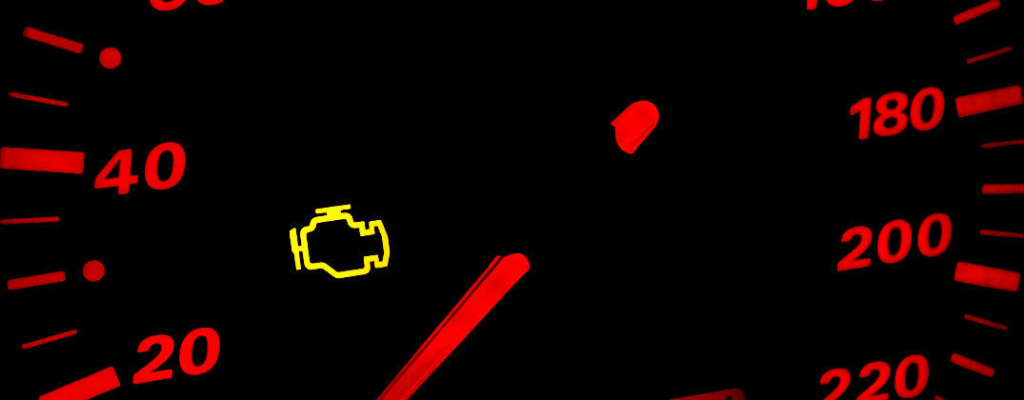Why Do A System Diagnostics?
Annual checkups from your physician keep you in good health, right? Well, the same goes for your car, regular diagnostic tests can detect problems with your vehicle before they require expensive repairs, or worse, leave you stranded on the side of the road after a breakdown. While many people think diagnostic tests are only necessary when the check engine light comes on, there are many benefits to taking a proactive approach to car maintenance. Here’s why:
Of all the technological advances in the automotive sector over the decades, one of the most beneficial to consumers and auto technicians alike has been the computerization of the car’s components. Using specialized software, car diagnostic tools quickly and accurately point to problem areas in a car’s engine or elsewhere, thanks to built-in processors, microchips and sensors.
Diagnostic tests can reveal problems within a car’s engine, transmission, exhaust system, brakes, and other major components, as well as performance issues with the fuel injector, air flow and coolant, ignition coils, and throttle.
However, a common misconception about car diagnostic tests is that technicians can use code-reading tools to determine the exact problem that triggered the check engine light. In reality, the code tells technicians which engine or component parameters are out of range, but it does not detail the cause of the problems. That’s where the good old human brain comes in handy, as the technician uses experience and expertise to diagnose the underlying problem
Before the emergence of car diagnostic tests, identifying problems was time-consuming and expensive, especially considering car owners only brought their cars to mechanics after a breakdown or other severe malfunction. Now, computerized car components can detect problems long before they cause a breakdown. Diagnostic tools can also check a car’s computer system for manufacturer notifications and stored information about the car’s history, giving technicians a complete picture in order to perform the best repair possible.
You don’t have to wait for the check engine light to get a car diagnostic test. If you hear or feel something “off,” mechanics can use diagnostic testing to uncover the problem. However, many technicians recommend taking your car in for a diagnostic check at least once a year, which will uncover minor problems that can’t be seen or heard (and that won’t trigger the check engine light).
Diagnostic testing is also a useful tool when you’re checking out a used car. Both private sellers and professional car dealers should agree to a diagnostic test before you commit to buying, and if they don’t, that’s a sign you should walk away from the deal.
WHAT DOES THE CHECK ENGINE LIGHT REALLY MEAN?

In addition to turning on the light—known as the International Check Engine Symbol—the computer stores a “trouble code” in its memory that identifies the source of the problem, such as a malfunctioning sensor or a misfiring engine. The code can be read with an electronic scan tool or a diagnostic computer—standard equipment in auto repair shops. There are also a number of relatively inexpensive code readers that are designed for do-it-yourselfers.
The code will typically just point you in the direction of the problem, and still requires an experienced professional to fully diagnose and repair the issue.
System Diagnostics
Check engine light or not. Let us scan your vehicle using dealer level diagnostics equipment and provide you with a detailed system status report.
Our Systems Diagnostics covers the below components & more...
- ECU Scan
- TCU Scan
- Full Component Systems Scan
- Immobilizer System Scan